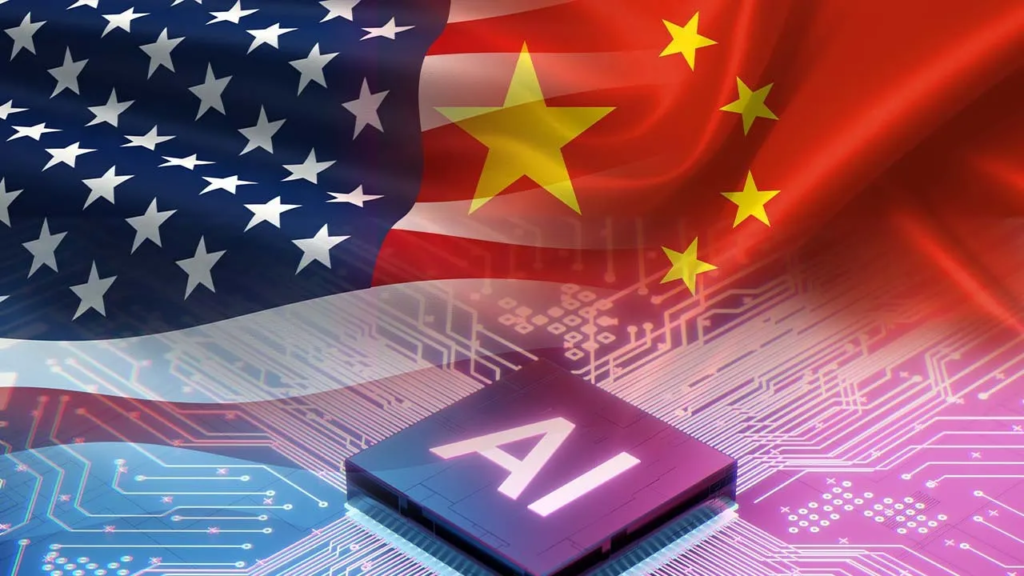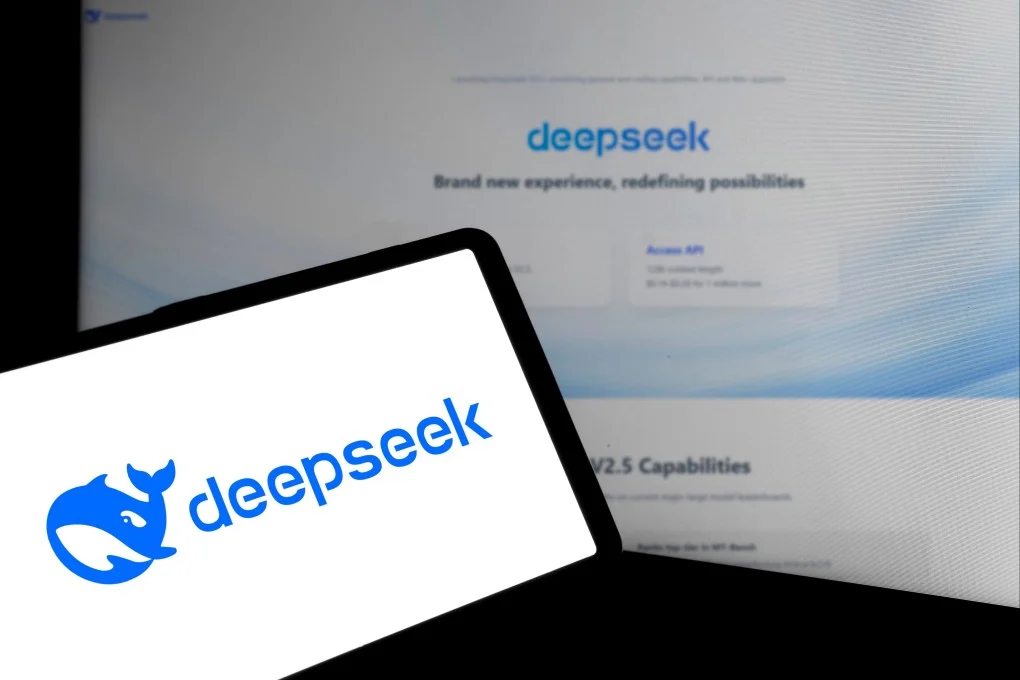A recent study of China’s DeepSeek team suggests that this leadership might not last forever. In recent years, the United States has led the world in artificial intelligence (AI) innovation. Big tech companies like Google, Microsoft, and OpenAI have developed cutting-edge AI models that power everything from search engines to advanced robotics.

The DeepSeek team, a group of Chinese scientists and engineers, is quickly gaining global attention for their work in developing advanced large language models (LLMs)—AI systems that can understand and generate human-like text. Their most recent models are being compared to OpenAI’s ChatGPT and Google’s Gemini.
So, could Chinese AI scientists really challenge or even surpass the U.S. in tech innovation? A closer look at DeepSeek’s progress gives us some important clues.
DeepSeek’s Rapid Growth in AI
DeepSeek is part of a growing trend in China, where many research teams are working on advanced AI tools that compete with, or even outperform, American models. In early 2024, DeepSeek introduced a new AI model trained on 2 trillion tokens—a huge amount of data gathered from books, websites, and social media. This is close to the scale of some of OpenAI’s most powerful models.
What makes DeepSeek stand out is not just the size of its models, but also the open-source nature of its work. While U.S. companies often keep their AI secrets private, DeepSeek has released much of its data and training processes to the public. This helps other researchers improve AI even faster and gives China a boost in becoming a global AI leader.
For more details on DeepSeek’s latest models, see Hugging Face model listing.
Why This Matters: China’s AI Ambitions
The Chinese government has made it clear that AI is a national priority. In recent years, China has invested billions of dollars into AI research and development. Its goal? To become the world leader in AI by 2030.
DeepSeek is just one of many Chinese teams working toward this goal. According to a report by the Stanford Institute for Human-Centered AI, China now produces more AI research papers than any other country. And with more than 400 AI startups launched in the past three years, the country is building an entire ecosystem to support future innovation.

This poses a serious challenge to the U.S., which has long relied on its tech giants to lead global AI research.
You can explore Stanford’s AI report here: Stanford AI Index Report.
Comparing AI Models: China vs. U.S.
So how do DeepSeek’s models compare to those built in the U.S.?
In performance benchmarks, DeepSeek’s latest models perform on par with OpenAI’s GPT-3.5 and Google’s Gemini 1, especially in areas like reasoning, summarization, and language translation. While U.S. models like GPT-4 still have an edge in some tasks, the gap is closing fast.
Even more interesting is how DeepSeek manages to keep its models efficient. Using techniques like mixture of experts (MoE), DeepSeek uses fewer computing resources while maintaining high performance. This allows smaller companies or research labs in China to use powerful AI tools without needing the billions of dollars that U.S. firms spend.
For comparisons and benchmarks, check Papers With Code.
The Brain Drain Factor: Global Talent Shift
Another clue pointing to China’s growing strength is the global AI talent shift. More Chinese scientists are returning home after studying or working in the U.S. This “reverse brain drain” is helping Chinese AI labs gain top-level talent.
According to the Allen Institute for AI, nearly 30% of top AI researchers are of Chinese origin. Many of them were educated in the U.S. but are now working in China due to better funding and more research freedom.
The movement of global talent is a critical factor in the race for AI dominance. The more skilled people China attracts, the faster its AI systems can grow and evolve.
You can read the AI talent report by the Allen Institute here: AI Researcher Report.
What This Means for the U.S.
For now, the U.S. still leads in the number of advanced AI models and has greater access to computing power through companies like NVIDIA, Amazon Web Services, and Microsoft Azure. However, if trends continue, China could match or even surpass U.S. capabilities in the next five years.
Experts say the U.S. needs to respond by:
- Investing more in open-source AI research
- Supporting immigration for global AI talent
- Funding smaller AI startups outside of Silicon Valley
- Building stronger AI education programs in schools and universities
The rise of teams like DeepSeek is a wake-up call. It’s no longer just about competition between companies—it’s about national competitiveness in the most important technology of our time.
The Road Ahead
The future of AI is still being written. While the U.S. has enjoyed dominance for the past decade, China is now catching up—fast. Teams like DeepSeek show that innovation is no longer limited to Silicon Valley.
If current trends continue, we may soon live in a world where the best AI doesn’t come from the U.S., but from Beijing, Shanghai, or Shenzhen.
Whether that shift happens in 2026 or 2030 depends on how both countries invest in people, infrastructure, and global cooperation.
Conclusion
Could Chinese AI scientists threaten U.S. tech dominance? The answer seems to be “yes”—at least in the long term. With strong teams like DeepSeek, major government support, and a growing pool of talent, China is making its move. For the U.S., this should serve as a clear signal: innovate faster, or risk falling behind.
Also Read – Leaving the U.S. With a Green Card? Read This First






